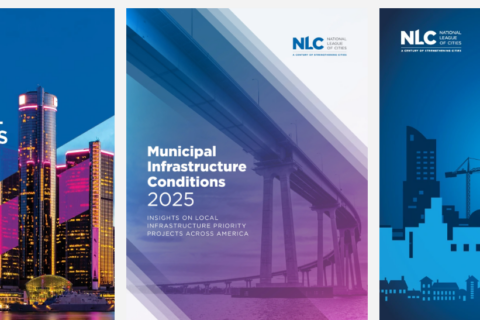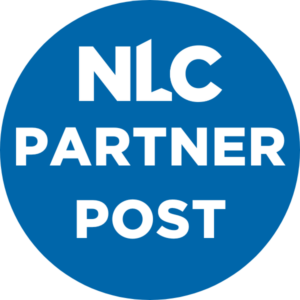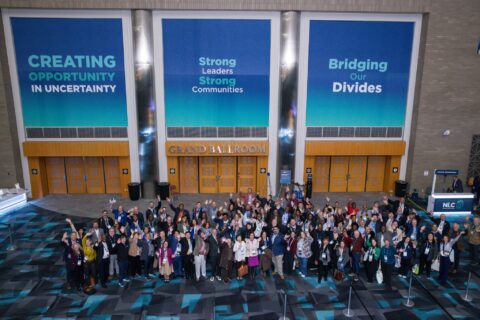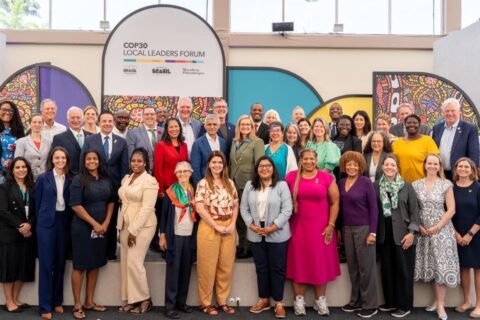Co-authored by NLC Intern Sharon Glenn
Community Project Requests — previously referred to as “earmarks” — are one-time funding requests that can be spent over a one-year project period. Unlike a regular grant application, which are submitted to federal agencies, cities submit a project proposal directly to their Senators and respective House Member.
In Frederick, Maryland, Community Project Funding will help mitigate flooding and strengthen community resilience.
This blog is based on an interview with the city.
Project at a Glance
- Location: City of Frederick, Maryland
- Population: 78,171
- Project: Motter Avenue Area Community Flood Mitigation Project
- Funding Source: Fiscal Year 2022 Appropriations: Homeland Security (FEMA) (PDF)
- Funding Amount: $534,977 (covering 75% of project costs)
- Writer: Grant Writer
- Timeline: Project under construction with expected completion in spring 2026
Community Need
In both 2015 and 2018, intense storm events caused millions of dollars’ worth of damage (PDF) which impacted both private households and community centers in Frederick. In addition to the infrastructure damage, there was a public safety concern when several primary roadways were inaccessible due to flooding, which caused significant issues for first responders trying to assist those in need. Given that flooding is the City’s most frequent natural disaster, mitigating its effects and reducing future risk became a primary focus for local leaders.
The City completed various studies of the flooded areas, including an extensive Army Corp of Engineers drainage study which provided recommendations on how to mitigate future flooding. Armed with that knowledge, Frederick submitted a Community Project request to update broken and antiquated stormwater infrastructure, including by installing new pipes and lines to help drain more stormwater from the area during heavy rains.
Funding in Action
Faced with an urgent community need, city staff applied for a wide array of funding sources. 75% of the project’s costs are covered by Community Project federal funding, while the remaining 25% is covered by city funding. Beyond Community Project funding, Frederick won a FEMA grant, enabling additional funding and a more comprehensive project scope.
When applying for Community Projects, senior staff base their recommendations on City Council priorities, with the mayor helping to prioritize and select projects for proposal. The City works with a grant consultant who supports its funding efforts and takes the lead in writing grant proposals and applications. Other key players include Frederick’s federal advocacy team, which helps shape Community Project strategies and coordinate meetings with Congressional staff to gather feedback on proposed ideas. Their team meets with Congressional staff throughout the year to keep them informed about issues impacting the community. This ongoing relationship is key during the Community Project proposal process, as the Congressional delegation is already well briefed on community priorities and ongoing issues.
Impact on the Ground
The project is currently under construction and is expected to be completed by spring 2026. Previous studies of the area and designs for the project have demonstrated the positive impact that it will have on increasing public safety and city resiliency. The project is expected to reduce the flood risk in the area from 5.6 feet to 1.7 feet for a 10-year, 24-hour storm and from 7 feet to 4.5 feet during a 100-year, 24-hour storm. This equals peace of mind for the community and homeowners, and a more resilient Frederick moving forward.
Learn More
Explore NLC’s Guide to Tracking FY2026 Community Project Requests in Congress to help your city successfully navigate the process.









